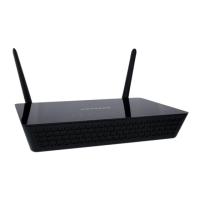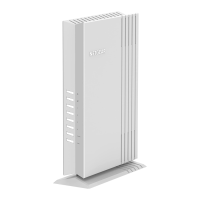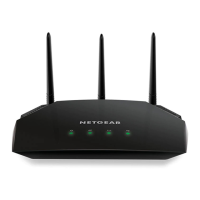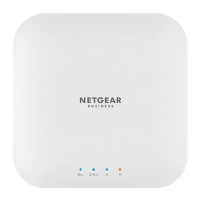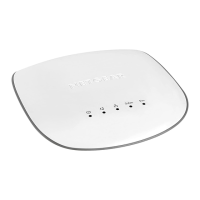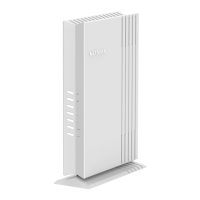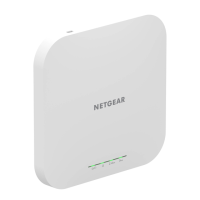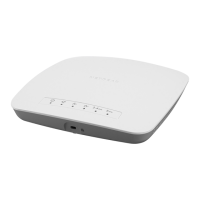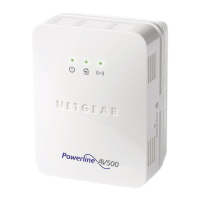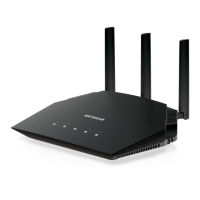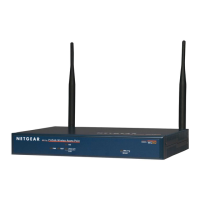Note: Port forwarding creates a security risk. When not required, port forwarding should be disabled.
Note: Port forwarding does not apply to normal browsing, file downloading, running most online games or
other applications hosted on the Internet. (Some online games require port forwarding.)
The following information is displayed.
Indicates whether port forwarding is on (Enable) or off (Disable).
List of forwarded ports – This list appears only if port forwarding is on. Each port displays:
A name describing the application using the port.
The IP address of the server being accessed.
Port
The port that is forwarded. If the application uses more than one port, each port
must be forwarded separately.
The protocol (TCP, UDP, etc.) being used for this application.
Enable Port Forwarding
Before you can use or configure Port Forwarding, you must enable it.
1. In the Mobile Hotspot Manager, click Settings > Router > Port Forwarding.
2. Next to Port Forwarding, select Enable.
3. Click Submit.
Enable Port Forwarding for an Application
You can enable port forwarding for certain application types.
Note: Port forwarding must currently be enabled.
1. In the Mobile Hotspot Manager, click Settings > Router > Port Forwarding.
2. In the blank row of the list, enter a Label that describes the application (for example,
“RandomEmailApp”).
3. In the IP field, enter the IP address of the server to be accessed.
4. In the Port field, enter the port used by the application. (If the application uses more than one
port, each port must be forwarded separately.)
5. In the Protocol list, click the protocol(s) used for this application (TCP, UDP).
Mobile Hotspot Manager (Browser) Interface 57
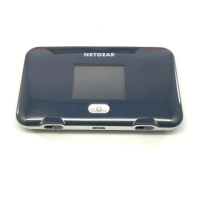
